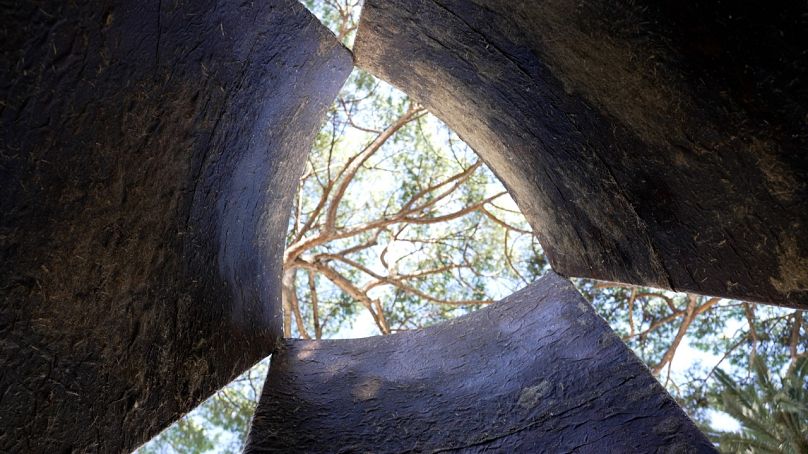The European Union has banned numerous plant life deemed to be invasive and uncontrollable. But a pair of Dutch designers say this approach, which fails to consider working with the environment, is also being used towards people on the move.
Who amongst us can boast to have never succumbed to temptation?
Don't worry, you're not alone. Studio Wild can't resist either which may be why the Netherlands-based designers have been experimenting with items placed on the European Union's list of banned products.
After completing their studies in 2018, the Dutch duo of Tymon Hogenelst and Jesse van der Ploeg, soon decided they wanted to break down firmly established boundaries within nature, architecture and politics.
The pair set out on a mission to develop thought-provoking work by embracing complex matters across a variety of disciplines. And so, the idea of the Forbidden Garden of Europe was born. They were later invited by the European Cultural Foundation to participate in its European Pavilion.
Originally developed in 2020 as part of the parallel programme of Dutch pavilion at the 17th Venice Biennale of Architecture, the work is meant to spark reflection on the European Union's migration policies.
Migration metaphor
It is inspired by a list of alien plants considered to be invasive by the EU and therefore illegal.
Studio Wild have collected and used these plants as materials to produce a series of huge panels to construct The Forbidden Tempietto: a chapel or mausoleum in hommage to those who cannot find common ground in Europe, even after living here for generations.
You can see and hear more about Studio Wild's inspiration in the video above.
The Forbidden Tempietto will remain on view within the Swiss Institute in Rome until the end of this year.
While there, you can also visit the excellent exhibition L'arcobaleno riposa sulla strada, a group exhibition featuring the works of Pascale Birchler, Miriam Laura Leonardi, Hunter Longe, Lou Masduraud, Luzie Meyer, Meret Oppenheim and Ser Serpas.












